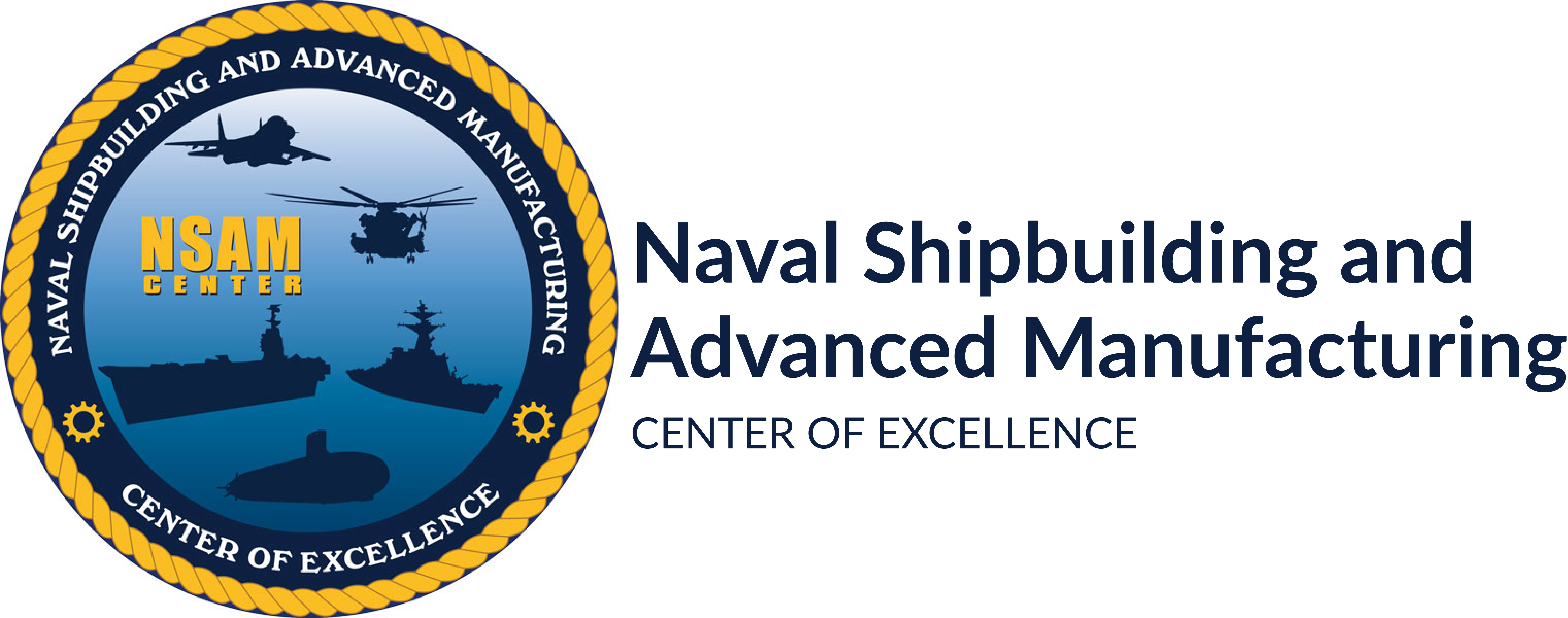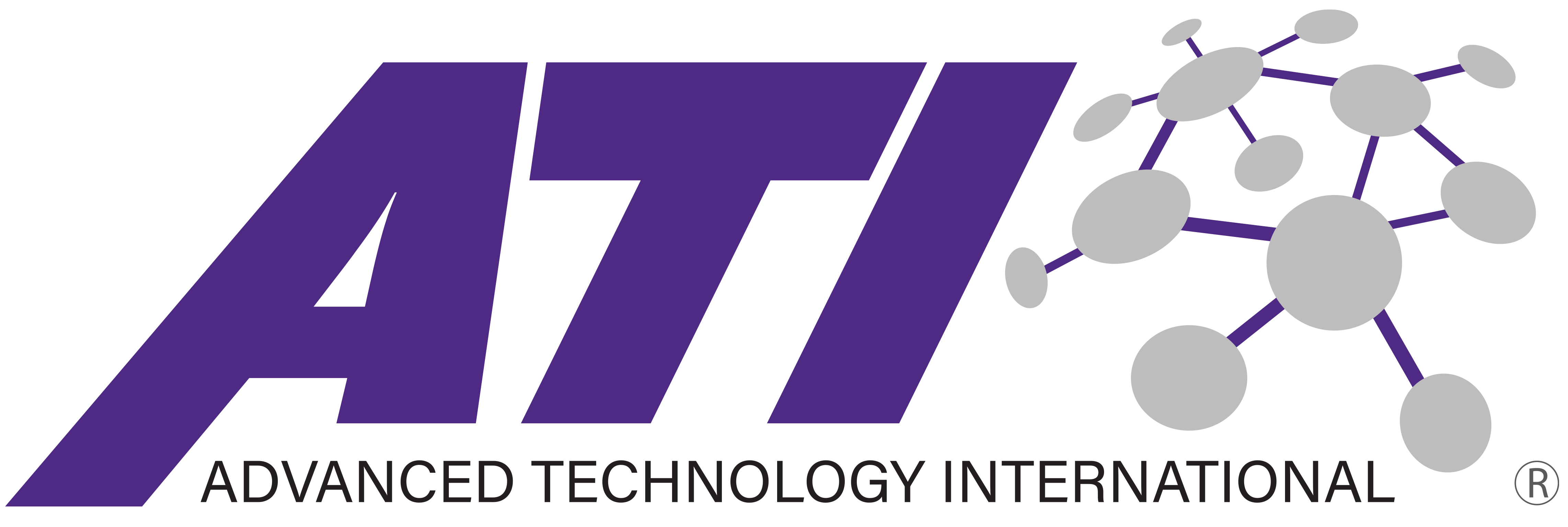Project Participants: National Steel and Shipbuilding Company (NASSCO)
Project Start: February 2006
As shipyards struggle to improve fabrication process efficiency, especially pipe fabrication, there is increased reliance on automated fabrication machines and processes. Planning and routing decisions, whether manual or automated must account for variables in individual process times, work station capacities, emerging engineering design and schedule changes, and shop loading considerations. Traditional planning methods cannot handle these variables effectively and are themselves labor intensive and not sufficiently responsive to the dynamic nature of the shipbuilding environment. The result is inefficient parts sequencing, high production costs, and excessive scrap rates.
Current scheduling systems create orders for pipe spools based on required delivery dates without consideration for shop loading. Pipe spool orders are released to the shop a number of weeks in advance of the delivery date in an attempt to achieve level loading of the shop and match capacity with demand. As a result, the pipe parts are not systematically nested to achieve the most efficient use of raw stock or optimum cutting and bending machine utilization. This has resulted in excessive unused remnant pipe, excessive work-in-progress materials, excess inventory, and inflexible response to emerging engineering and production schedule changes.
The National Steel and Shipbuilding Company (NASSCO) developed a detailed specification for a Pipe Shop Management System (PSMS) that would enable them to implement an automated, dynamic, work flow planning and pipe nesting process. This automated pipe fabrication planning system will combine defined rules for pipe component routing and nesting, with the ability to account for work plan changes, emerging schedule changes and shop loading. NASSCO evaluated two alternatives for configuring a pipe nesting data system to support automated pipe shop processes. Evaluation factors included operational characteristics, technical risk, system impact and cost – both for initial implementation and ongoing operations.
The outcome of this project exceeded initial expectations by planning work and accomplishing it much faster and more accurately than production managers had previously experienced. The system is fully implemented in NASSCO’s current pipe shop operations and several performance benefits have already been observed: reduced planning labor; reduced scrap remnants; and increased production efficiency.
Project Related Reports & Documents




